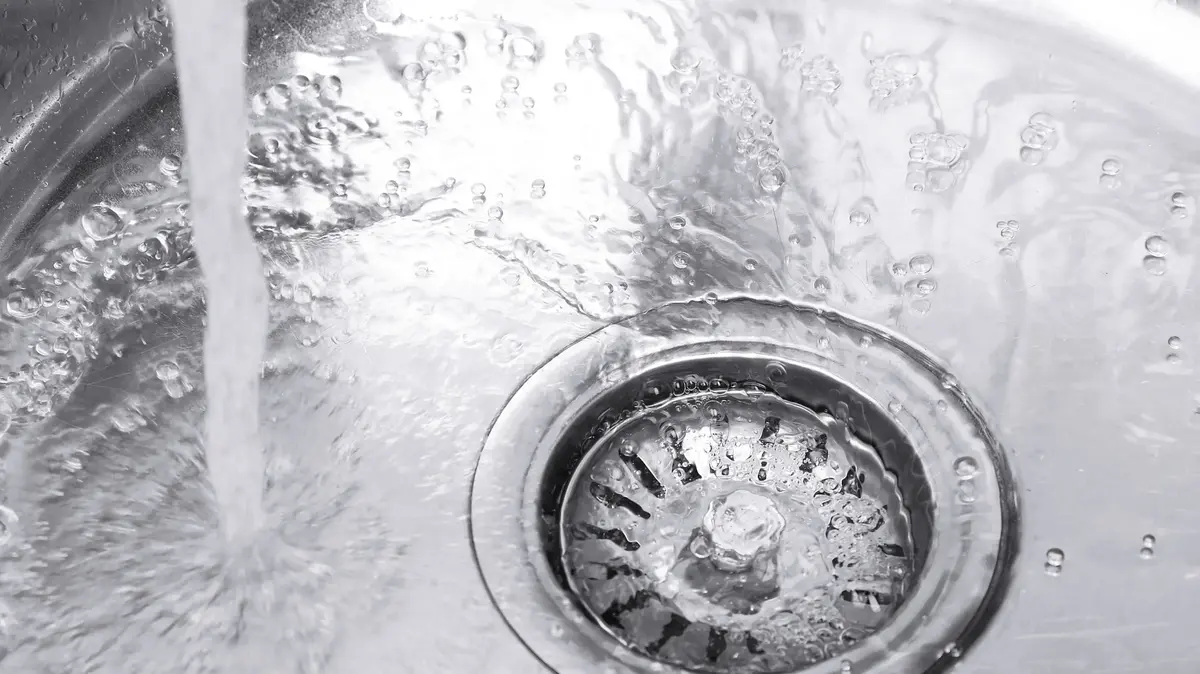Snow farming in Oberstdorf: contribution to climate protection or like "pouring champagne down the drain"?
Created: 11/30/2022, 4:51 p.m
By: Thomas Eldersch
Cross-country skiers can now do their lanes on snow from last year.
© Angelika Warmuth/dpa/symbol image
Store snow and reuse it next winter.
So-called snow farming should be sustainable and get athletes back on the trails earlier.
Oberstdorf – The winter sports season is just around the corner.
For professional athletes in the profession, starting training at the beginning of December would be much too late.
You have to get back on the snow much sooner.
But in times of climate change and rising temperatures, this is a difficult undertaking.
Long trips abroad cost money and are bad for the environment.
Snow cannons only work in frostier temperatures and are currently expensive due to the high energy costs.
An alternative is snow farming.
The winter sports community of Oberstdorf has now gained its first experience with it.
Snow farming in Oberstdorf: conserve snow over the summer
The English term means nothing more than conserving snow over a summer.
A common practice among our European neighbors.
The BR writes that this technology is already being used successfully in Scandinavia, Italy, Switzerland and Slovenia.
In Ruhpolding, too, snow farming is already being practiced successfully.
On average, around 14,000 cubic meters of snow are preserved here every year.
After years of experience, it is possible here that only 25-30 percent of the snow melts over the summer and is lost, explains Alois Reiter from the Chiemgau Arena to Bayerischer Rundfunk.
In Oberstdorf (Oberallgäu district) they started this year with around 5000 cubic meters.
Oversummer cost 40,000 euros.
This is artificial snow that was produced during the cold nights of January.
The snow mountain was covered with a protective layer of wood chips around 50 centimeters thick.
But that almost wasn't enough.
As the BR writes, the first cracks opened up in the summer.
The storage location was in the sun for several hours a day and a nearby roller coaster gave off additional heat.
(By the way: Our Bayern newsletter informs you about all the important stories from Bavaria. Register here.)
Video: Cross-country skiers need to know this
Bund Naturschutz criticizes snow farming and refers to the costs
Now at the end of November it was finally cold enough to remove the protective layer and expose the snow.
With the help of snow blowers and tractors, the white gold was distributed over a distance of 900 meters.
Around 3000 cubic meters, i.e. 59 percent of the stored snow, survived the summer.
Nordic Center Managing Director Florian Speigl: "The consistency of the snow is good, so optimal training conditions here for the base in Oberstdorf." And that's exactly what it's all about.
Thanks to the stored snow, the local athletes and young athletes should be able to train on snow again as early as possible in the year, according to the BR.
However, the Bund Naturschutz does not like the concept at all.
Michael Finger criticizes that an “absolute luxury product” is being stored here for a small target group.
You can also wait a few weeks until it snows for the first time.
A multiple of the required quantity has to be produced and stored.
If you think of the energy and costs that would be caused by the production, covering, distribution and preparation of the artificial snow produced especially for this purpose, in times of climate change and the energy crisis, for many it is like “pouring champagne down the drain – or a slap in the face”. , the environmental assessor told BR.
also read
Department suddenly orphaned: Workshop foreman becomes self-employed – and takes his entire team with him
"It hurts our souls": Traditional brewery in Bavaria is closing - after more than 130 years
Snow farming is more environmentally friendly than traveling to distant skiing and cross-country skiing areas
Professor Ralf Roth, who researches sustainable sports development at the German Sport University in Cologne, has a different opinion.
From an energetic point of view, he considers oversummer to be justifiable for athletes and young athletes to start training earlier.
This way the athletes don't have to travel abroad or on glaciers.
“Around 70 percent of the CO₂ footprint is caused by travel to and from the event.
So in the tourism sector, but also in the top-class sports sector.
This means that reducing journeys is the decisive factor in this area of greenhouse gas emissions, so to speak.” That is why snow farming is even environmental protection for him.
(phone)










